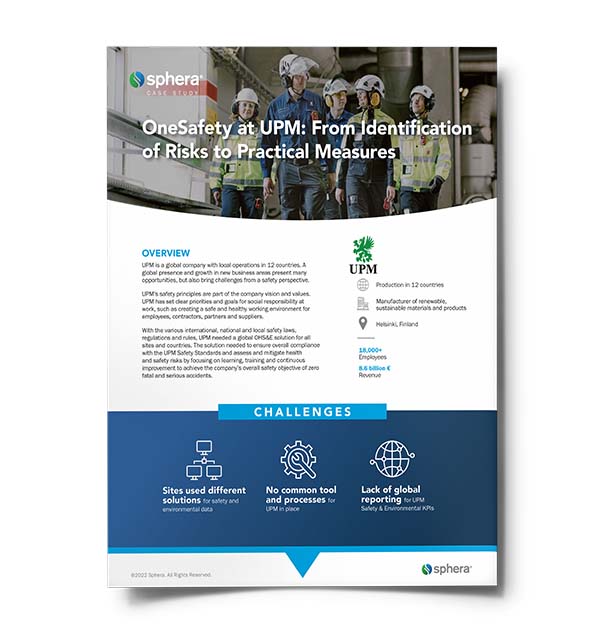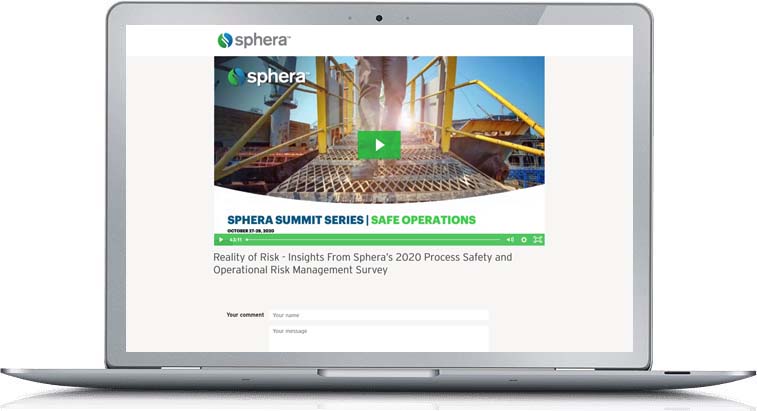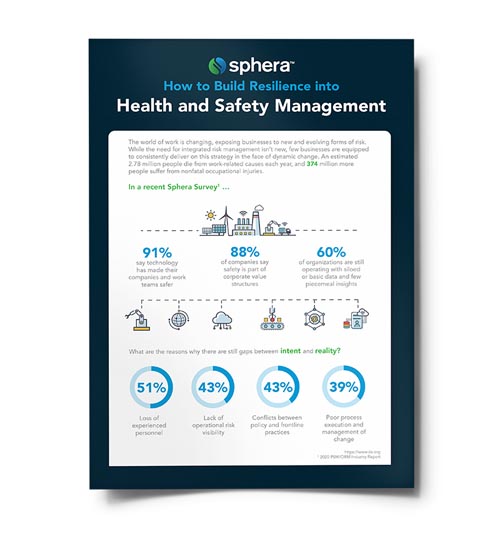Change is a constant problem for product stewards. This is especially true when it comes to regulations—there will always be new ones that will present compliance challenges for your organization. Per- and polyfluoroalkyl substances (PFAS) regulations should now be on your radar.
Knowing where PFAS may be lurking in your organization’s products and taking steps to replace them will be key to staying compliant with current and proposed regulations. Read on to learn more about PFAS, how they are being regulated, as well as how you can identify and address them.
What Are PFAS?
PFAS are a chemical group—meaning that many chemicals exist under the PFAS umbrella. According to the U.S. Centers for Disease Control and Prevention (CDC), PFAS are used in “fluoropolymer coatings and products that resist heat, oil, stains, grease, and water.” PFAS can be found in many products, including food packaging, carpeting, cookware and more, according to the U.S. Food and Drug Administration (FDA).
Perfluorooctanoic acid (PFOA) and perfluorooctane sulfonic acid (PFOS)—two chemicals that fall under the PFAS umbrella—leech into the environment and don’t degrade, contaminating soil and water. That’s why PFAS are often referred to as “forever chemicals.”
As a result, PFAS are being regulated due to their harmful effects on the environment and human health. For example, the European Chemicals Agency (ECHA) recently released a proposal that would ban the manufacture and use of around 10,000 PFAS chemicals in the EU.
California Governor Gavin Newsom recently signed two bills that prohibit the use of PFAS in cosmetics and textiles. The U.S. Environmental Protection Agency (EPA) also proposed to classify PFOS and PFOA as hazardous substances under its Comprehensive Environmental Response, Compensation, and Liability Act (CERCLA). Additionally, it included six PFAS in its recently proposed National Primary Drinking Water Regulation (NPDWR).

Why PFAS Are a Challenge
Due to the naming complexity of the chemicals that PFAS encompass, determining if and where your company is using them across its entire product portfolio is no small feat, especially without a chemical management solution in place.
This is even more true for companies that produce dozens, hundreds or even thousands of different products. When managing the life cycle of your company’s product portfolio, you must ensure that your organization is compliant with both right-to-know legislation and the PFAS-related regulations of the different markets it sells to.
Adding a layer of complexity is the fact that countries and regulatory bodies define PFAS differently. There is not a single standardized list that can definitively identify every substance that falls into this category. Furthermore, PFAS are not always included on safety data sheets (SDSs), so having access to the full product formula will be key.
To achieve this, you must request the full product formula from your suppliers, which can be a challenge. Some companies may not want to share proprietary information, or the data may be sensitive and protected under a non-disclosure agreement (NDA), among other scenarios.
In some countries, companies aren’t required to provide the full formulation, while in others there are certain regulations that force companies to obtain this information from their suppliers. Additionally, under some regulations it’s important to check with raw material suppliers for unintentionally added PFAS content and compare that information to anything that goes into your products.
How to Address PFAS
You can begin to mitigate risk related to regulations around a specific chemical or group of chemicals by identifying its use in your products and facilities. This can be particularly challenging in cases where the materials can go by different names, which is true for PFAS.
Adopting a chemical management system allows you to search for those specific chemicals in a variety of ways, including by Chemical Abstracts Service (CAS) number search. This is important because multiple product names can be associated with a single CAS number–and those names, while unfamiliar, still need to be audited when dealing with PFAS.
This search ability allows you to quickly identify where PFAS are being used in your products, what supplier they come from and how many products are affected. Once you have identified where and which PFAS are being used in your products, you can begin the work of identifying and requesting possible replacement options from suppliers so that you can ultimately remove PFAS from your products.

Ensuring Long-Term Regulatory Compliance
Product stewards will always have to make sure their organizations are compliant with regulations—the important thing is having a system in place to help ease the compliance burden. This is especially true when it comes to PFAS, which are used in a litany of products and can go by many different names.
With the help of a chemical management system, you can determine if and where PFAS exist in your products and facilities, where they come from and how many products are affected. Then, you can get to work on removing PFAS from your products by working with your suppliers. And, when another chemical or group of chemicals comes under regulatory scrutiny in the future, you’ll be better prepared to address it, too.
Check out our e-book to learn more about why comprehensive product stewardship is essential to managing risk and compliance.










